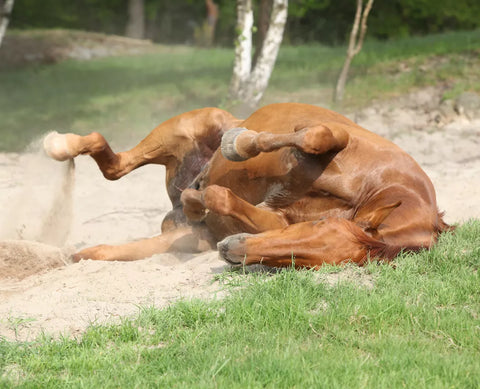Infertility in mares is a frustrating and complex problem, one with quite a few possible causes. Can’t manage to get your mare in foal? Then it is time to visit the vet so that he or she can get to the root of and solve the problem. Examination for infertility involve a number of important matters.
1. History of your mare
If you have your mare examined for infertility, make sure to have her breeding history and medical history to hand.
2. Clinical examination
During a clinical examination, your vet will look at a number of specific matters:
-
Your mare’s general condition
-
Her bodyweight
-
Other conditions such as laminitis
-
Pain
-
Lameness
-
…
Overweight mares tend to be less fertile. The same applies to mares that suffer from laminitis, mares that are in pain or lame. As mares like these don’t move around enough, they will often have problems secreting any dirt that may have lodged in the uterus. The vet will also check your mare’s reproductive system. Does she come in season regularly? What do her vulva and vagina look like? Does her cervix appear to be normal?
3. Rectal ultrasound
Next, the vet will perform a rectal ultrasound to check your mare’s reproductive system internally. Does her endometrium appear to be healthy? Is there any fluid in the uterus? Might she have ovarian cysts?
4. Stable management
If you have your mare examined for infertility, you must consider matters like accommodation, feed, temperature, and daylight.
5. Additional examinations
If necessary, the vet will perform a number of additional examinations.
If he suspects she might be suffering from endometritis, he will perform a bacteriological examination. Sometimes he will take a biopsy of the endometrium to check for microscopic abnormalities, such as fibrosis. In some cases, he will use an endoscope (inspection instrument) to take a look inside the uterus (endoscopy). We do agree, there is nothing cuter than a new foal - though the path thereto can be rocky at times. Luckily, there are a number of things you can do to treat your mare. We wish you every success!



